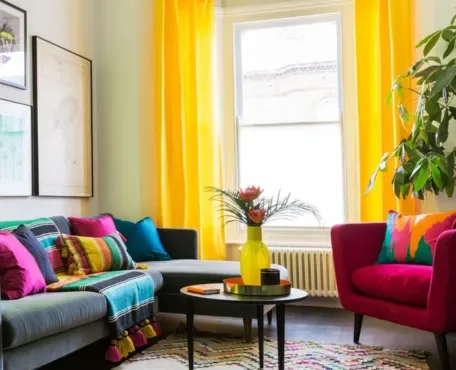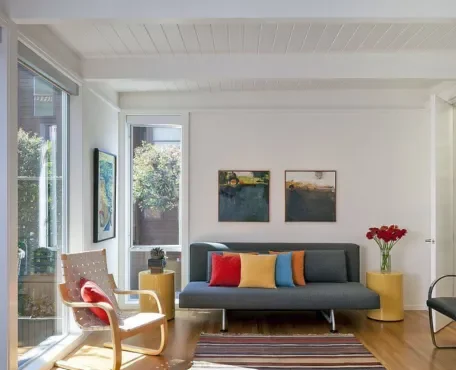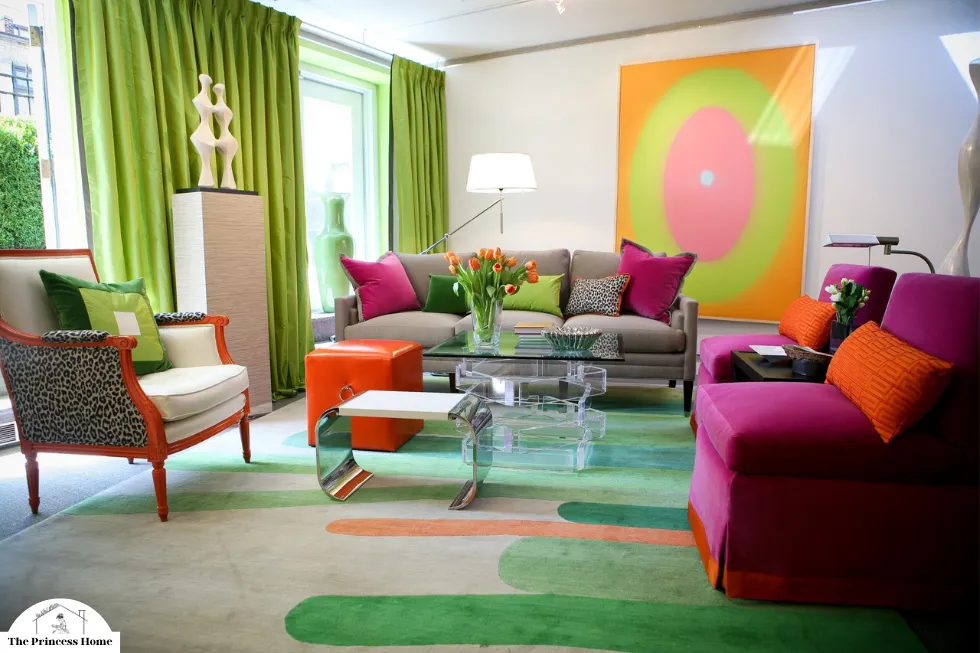
Color plays a pivotal role in interior design, influencing the mood, ambiance, and functionality of a space. From calming hues in bedrooms to vibrant tones in kitchens, each room in a home demands careful consideration of color choices to achieve the desired aesthetic and functionality. Understanding how colors interact with various rooms and their functions is essential for creating harmonious and visually appealing interiors.
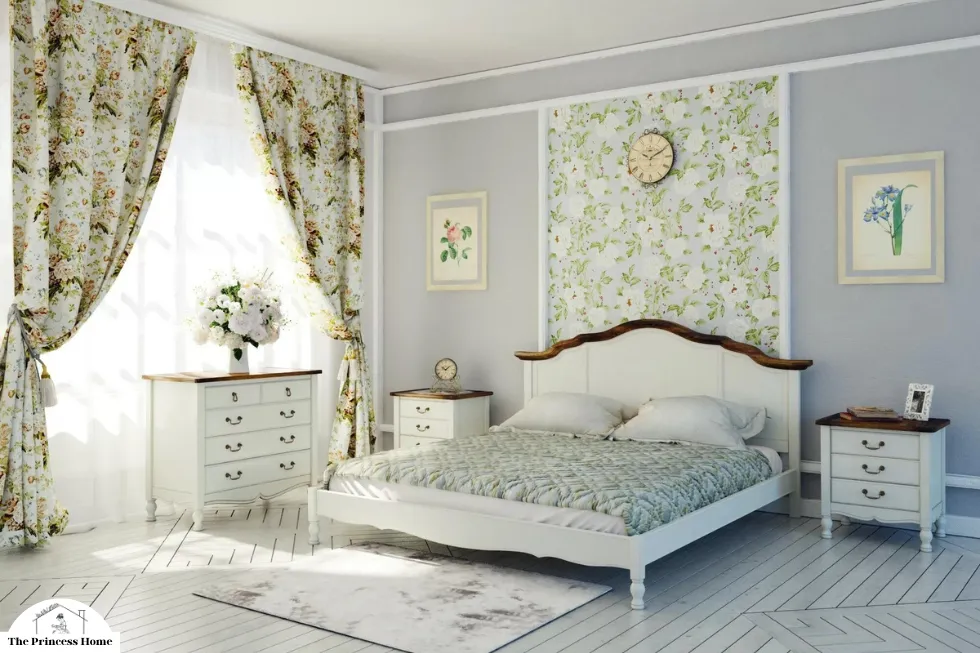
Bedrooms:
The bedroom is a sanctuary for relaxation and rejuvenation, making it essential to choose colors that promote tranquility and restful sleep. Soft, muted tones such as pastel blues, lavender, and pale greens are popular choices for bedroom walls as they evoke a sense of serenity and calmness. These colors have a calming effect on the mind, helping to reduce stress and promote relaxation.
In addition to wall colors, consider incorporating soothing shades in bedding, curtains, and furniture upholstery to create a cohesive and inviting atmosphere. However, it’s essential to strike a balance and avoid overwhelming the space with too much color, as this can disrupt the room’s peaceful ambiance.
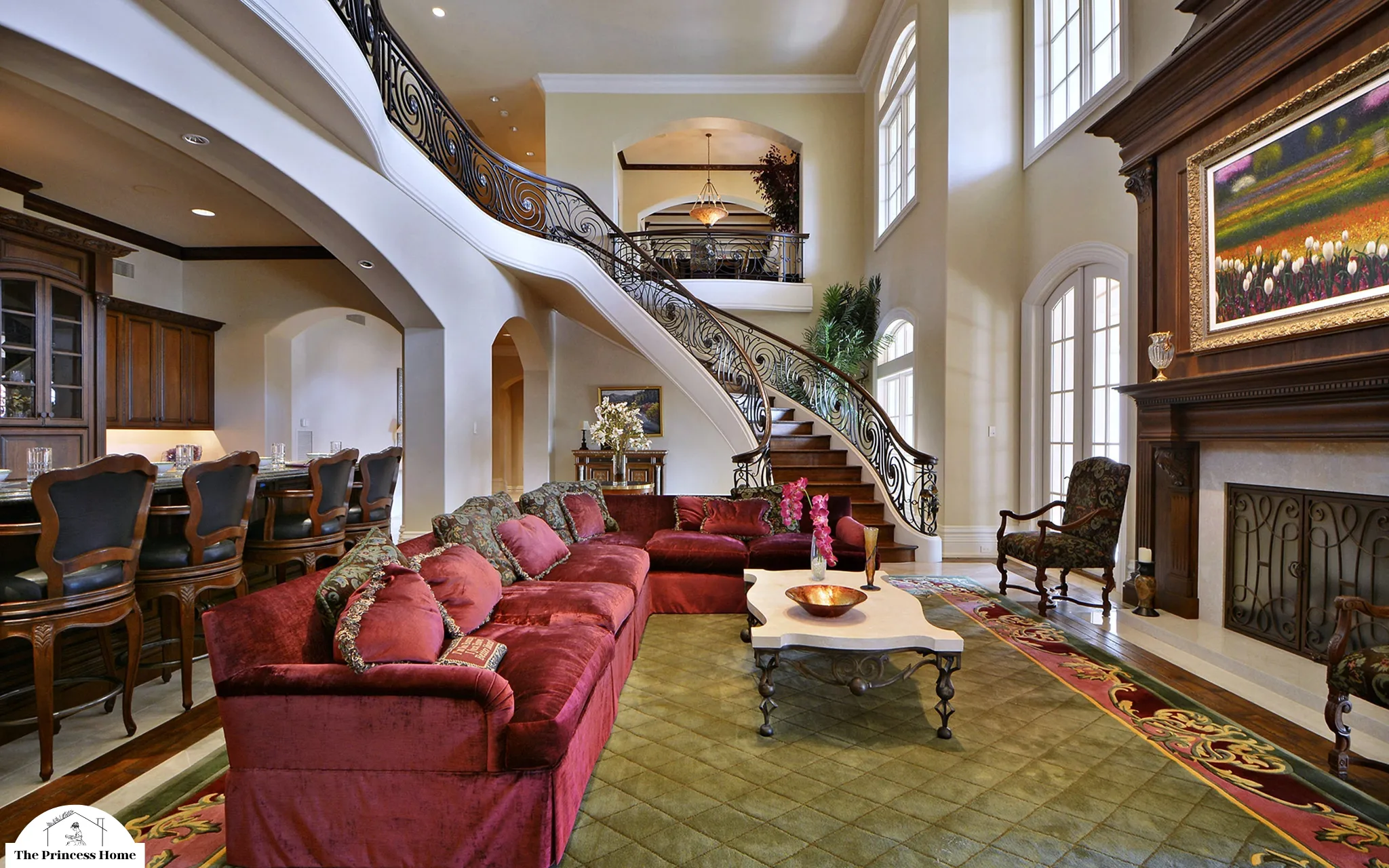
Living Rooms:
The living room serves as the heart of the home, where families gather to relax, entertain, and socialize. When choosing colors for the living room, consider the room’s primary functions and the desired atmosphere. Warm, inviting tones such as earthy browns, rich reds, and warm neutrals are popular choices for creating a cozy and welcoming environment.
Incorporate accent colors through throw pillows, area rugs, and artwork to add visual interest and personality to the space. Additionally, consider the room’s natural light and orientation when selecting colors, as natural light can influence how colors appear in a room throughout the day.
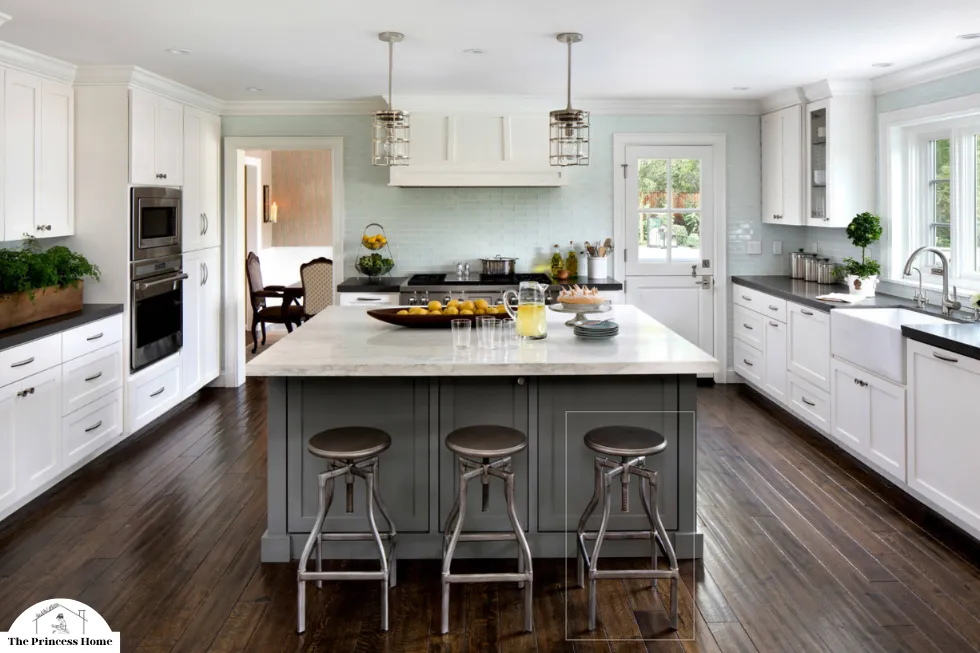
Kitchens:
The kitchen is a functional space where form meets function, making it essential to choose colors that balance aesthetics with practicality. While white is a timeless choice for kitchen cabinets and walls, homeowners are increasingly opting for bolder colors such as navy blue, emerald green, and charcoal gray to add depth and character to their kitchens.
When selecting colors for kitchen cabinets and countertops, consider factors such as maintenance, durability, and ease of cleaning. Lighter colors can help small kitchens feel more spacious, while darker hues add drama and sophistication to larger spaces.
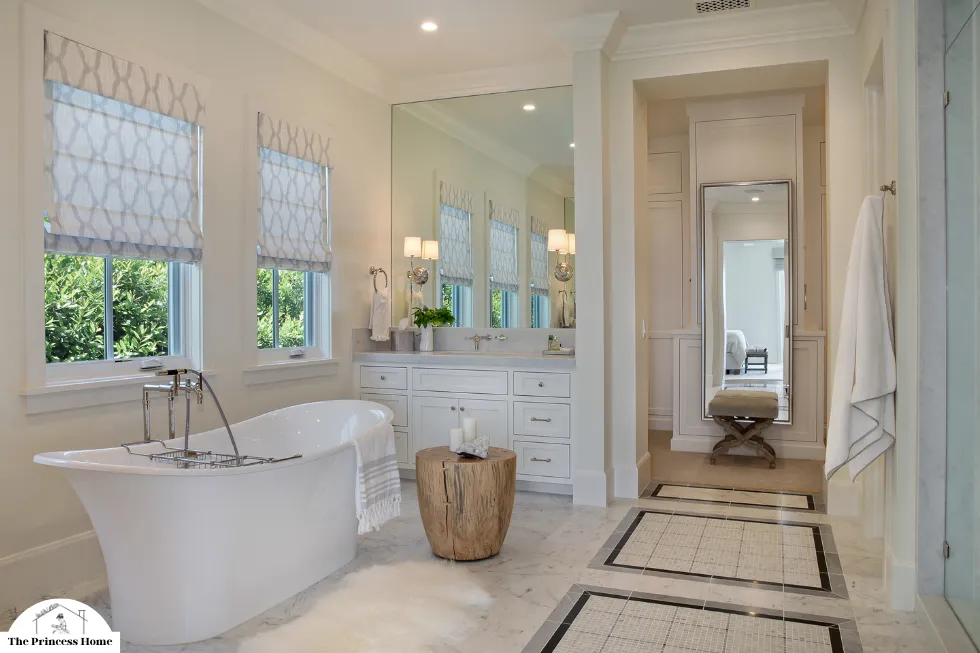
Bathrooms:
In bathrooms, color choices can significantly impact the overall ambiance and mood. Soft, soothing colors such as pale blues, soft greens, and subtle grays create a spa-like atmosphere, perfect for unwinding after a long day.
Consider incorporating pops of color through accessories such as towels, bath mats, and shower curtains to add personality and visual interest to the space. Additionally, consider the room’s lighting when selecting colors, as both natural and artificial light can influence how colors are perceived in the room.
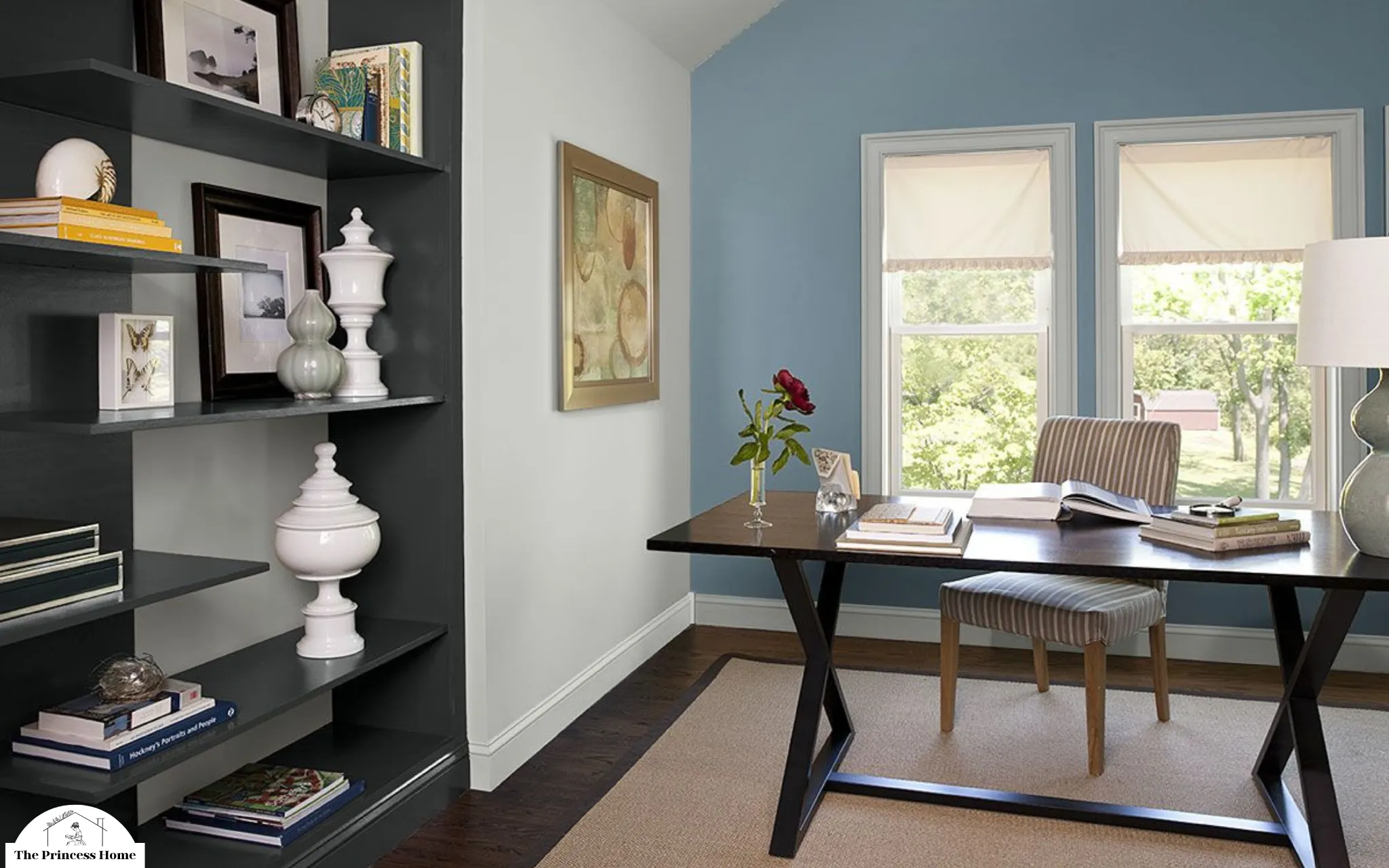
Home Offices:
With the rise of remote work, home offices have become an essential part of modern living. When designing a home office, consider colors that promote productivity, focus, and creativity. Shades of blue are often favored for home offices as they promote concentration and mental clarity.
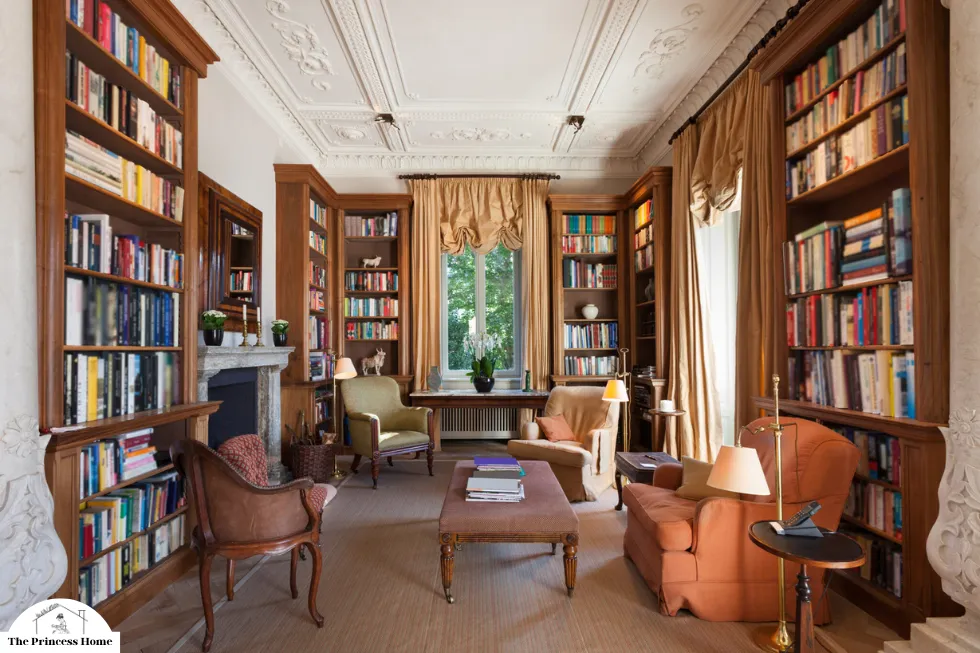
Incorporate warm accents such as wood tones or pops of orange or yellow to add energy and warmth to the space. Additionally, consider personal preferences and individual tastes when selecting colors for a home office, as the space should reflect the occupant’s personality and style.
Conclusion:
Color is a powerful tool in interior design, capable of transforming a space and influencing mood and behavior. When choosing colors for different rooms in the home, consider the room’s function, natural light, and desired atmosphere. By carefully selecting colors that complement each room’s purpose and aesthetic, homeowners can create harmonious and visually appealing interiors that enhance their quality of life.
Frequently Asked Questions:
Why is color selection important in interior design?
- Color selection is crucial in interior design as it can influence the mood, ambiance, and functionality of a space. Different colors evoke different emotions and can impact how people feel and behave in a room.
What are some common mistakes to avoid when choosing colors for interior spaces?
One common mistake is neglecting to consider the room’s function and natural light when selecting colors. It’s also essential to avoid overwhelming a space with too many colors or using colors that clash with the room’s furnishings and decor.
How can I use color to make a small room appear larger?
Lighter colors such as whites, pastels, and soft neutrals can help make a small room appear larger and more spacious. Additionally, incorporating mirrors and maximizing natural light can enhance the illusion of space.
What are some trending color schemes for interior design?
Trending color schemes often vary depending on personal preferences and current design trends. However, some popular choices include earthy tones, jewel tones, and muted pastels. It’s essential to choose colors that resonate with your personal style and preferences.
How can I incorporate color into my home without repainting the walls?
There are many ways to incorporate color into your home without repainting the walls. You can add color through accessories such as throw pillows, area rugs, curtains, artwork, and decorative accents. Additionally, furniture upholstery and statement pieces can add pops of color to a room.
Are there any universal color principles that apply to all rooms in a home?
While color preferences are subjective and can vary from person to person, some universal principles apply to all rooms in a home. For example, it’s essential to consider the room’s natural light, function, and desired atmosphere when selecting colors. Additionally, maintaining a sense of balance and harmony throughout the home is key.
How can I create a cohesive color scheme throughout my home?
To create a cohesive color scheme throughout your home, consider using a consistent color palette or theme across different rooms. You can also use color to create visual connections between spaces by repeating accent colors or incorporating complementary hues.
What are some tips for experimenting with bold colors in interior design?
If you’re hesitant to use bold colors on walls, consider incorporating them through smaller elements such as furniture, artwork, or accessories. Start with one bold piece and build the room’s color palette around it. Additionally, consider using bold colors in rooms where you want to make a statement, such as the dining room or entryway.



